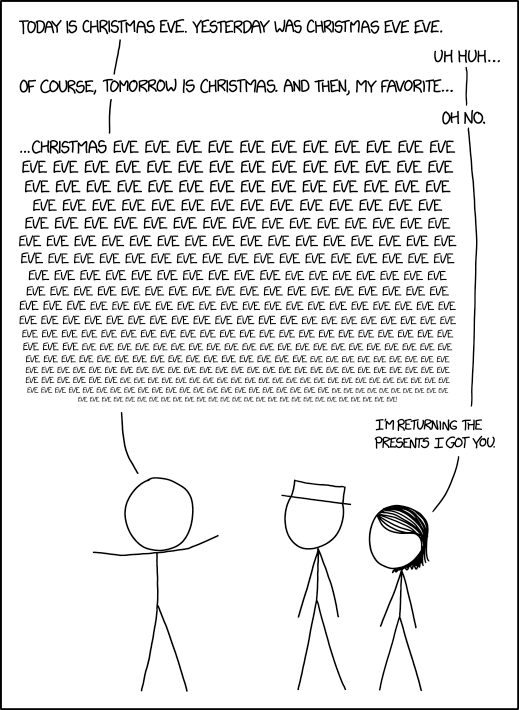Stephen Diehl has perhaps the best concise but comprehensive overview of why cryptocurrencies are such a bad idea by pretty much every possible measure. Much of it will be familiar to anyone who has been following the story closely, it does have some interesting points that most commentators have missed, particularly regarding some historic precedents.
Even playing devil’s advocate and assuming cryptocurrency could function as money—which they can’t—we come up against the hard limitation that every time private money has been tried in history it creates a form of corporate feudalism coupled to a toxic environment that encourages fraud and discourages commerce. The lessons of history are quite clear on this issue because the United States flirted with such a system back in the Free Banking Era from 1837 to 1863. In this time period there were hundreds of private entities that went about issuing their own private bank notes allegedly created one-for-one with state bonds.
The problem with these so-called wildcat banks is that their reserves were not always verifiably backed and were thus subject to runs on the bank in which customers could not access their funds. The second issue is that unlike public money which is universally accepted at par, the wildcat bank notes had a massive secondary exchange market where notes from different banks would not trade at par. A dollar note from Wyoming bank could be worth $0.60 to a note from a Nebraska bank and these values would fluctuate depending on market conditions. As a merchant this would make business rather complicated as you would be forced to purchase goods in one set of notes, accept notes from customers and give change in a different set of notes. This was great for bankers who had access to non-public information and could arbitrage these notes for their own profits, but for the average person it was a terribly predatory and exploitative system. Private bank notes are a needlessly complicated, risky and inefficient way to run an economy and this was remedied by the National Bank Act of 1863. It was a truly terrible idea.
History tends to rhyme with itself, and today we are flirting with the same bad ideas of the past. Except now instead of wildcat banks we have wildcat tech platforms with the same aspirations. They don’t want to interface with public money, they want to become issuers of private money themselves. A fully vertically integrated form of company scrip that they issue to their investors, employees and customers to create not just a walled garden, but a walled garden where every path has a toll booth that takes only their coin. The elephant in the room that no venture investor in these projects wants to talk about is that creating private money, just like in the wildcat banking era, is a license to print money by creating markets for these coins/notes with massive position and information asymmetries baked into the design. These kinds of private money regimes are just as exploitative today as they were in the 1800s, and the so-called “web3” notion of embedding this form of institutionalized corruption as a first class structure into the internet is a terrible idea that ignores the lessons of history.










.jpg)




.jpg)
.jpg)
.jpg)
.jpg)
.jpg)
.jpg)